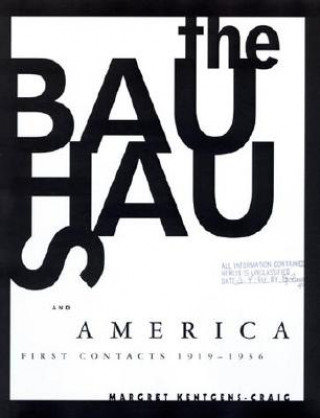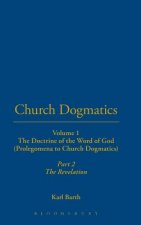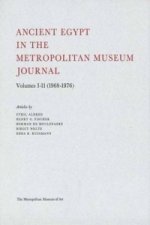
Dostawa
Doradca ds. zakupów
16 114 833 książek w 175 językach







Pokaż wszystkie języki (175)





Jednak się nie przyda? Nic nie szkodzi! U nas możesz zwrócić towar do 30 dni
 Bon prezentowy
O dowolnej wartości
Bon prezentowy
O dowolnej wartości
Bon prezentowy to zawsze dobry pomysł. Obdarowany może za bon prezentowy wybrać cokolwiek z naszej oferty.
Bauhaus and America
 Angielski
Angielski
 77 b
77 b
30 dni na zwrot towaru
Mogłoby Cię także zainteresować


The Bauhaus school was founded in Weimar in 1919 by the German architect Walter Gropius, moved to Dessau in 1925 and to Berlin in 1932, and was dissolved in 1933 by Ludwig Mies van der Rohe under political duress. Although it existed for a mere fourteen years and boasted fewer than 1,300 students, its influence is felt throughout the world in numerous buildings, artworks, objects, concepts, and curricula.After the Bauhaus's closing in 1933, many of its protagonists moved to the United States, where their acceptance had to be cultivated. The key to understanding the American reception of the Bauhaus is to be found not in the migr success stories or the famous 1938 Bauhaus exhibition at the Museum of Modern Art, but in the course of America's early contact with the Bauhaus. In this book Margret Kentgens-Craig shows that the fame of the Bauhaus in America was the result not only of the inherent qualities of its concepts and products, but also of a unique congruence of cultural supply and demand, of a consistent flow of information, and of fine-tuned marketing. Thus the history of the American reception of the Bauhaus in the 1920s and 1930s foreshadows the patterns of fame-making that became typical of the post-World War II art world. The transfer of artistic, intellectual, and pedagogical concepts from one cultural context to another is a process of transformation and integration. In presenting a case study of this process, the book also provides fresh insights into the German-American cultural history of the period from 1919 to 1936.
Informacje o książce
 Angielski
Angielski




 Jak kupować
Jak kupować

















